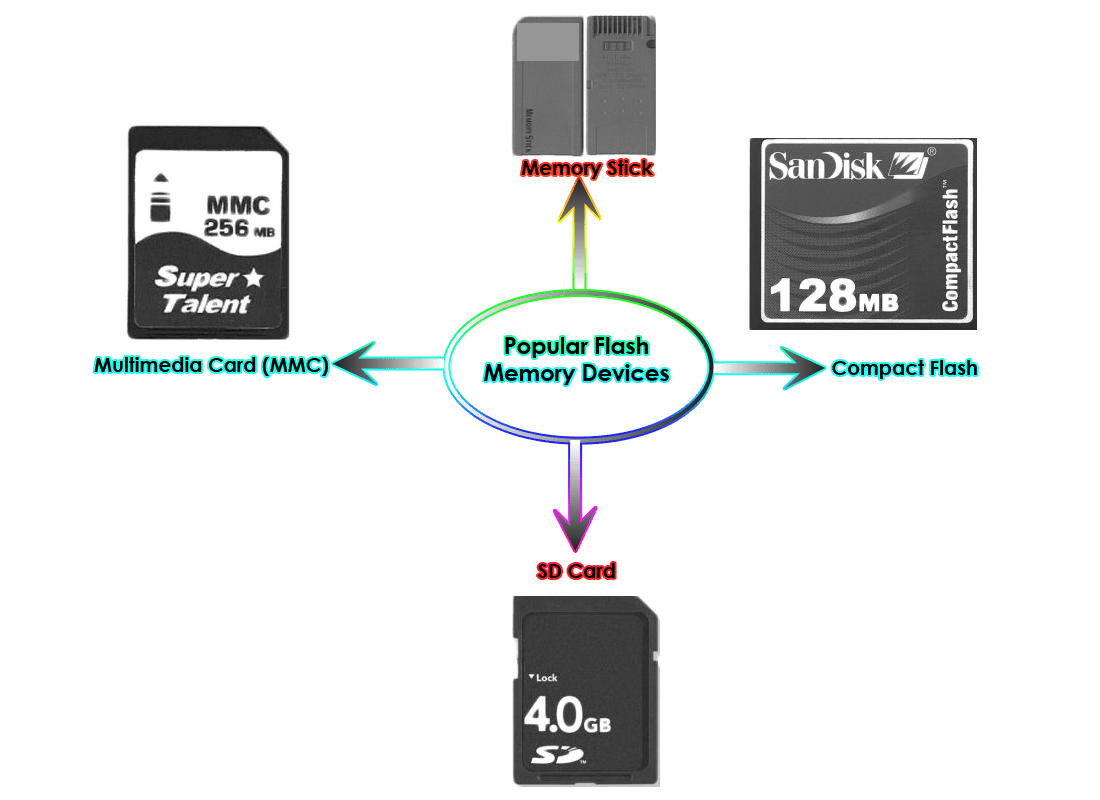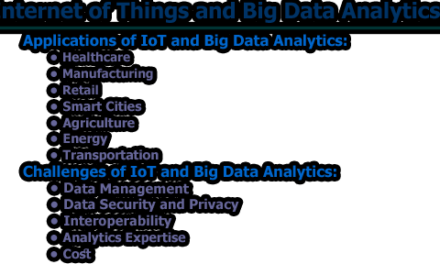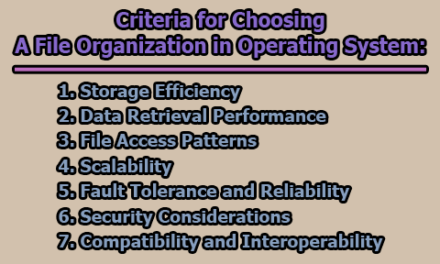Flash memory is non-volatile computer memory that can be electrically erased and reprogrammed. It is a technology that is primarily used in memory cards and USB flash drives (thumb drives, handy drive, memory stick, flash stick, jump drive, “Cap N’ Go”) for general storage and transfer of data between computers and other digital products. It is a specific type of EEPROM (Electrically Erasable Programmable Read-Only Memory) that is erased and programmed in large blocks. The application examples include: PDAs (personal digital assistants) and laptop computers, digital audio players, digital cameras and mobile phones. It has also gained popularity in the game console market, where it is often used instead of EEPROMs or battery-powered SRAM for game save data. Flash memory is non-volatile, which means that it does not need power to maintain the information stored in the chip. Flash memory offers fast read access times (although not as fast as volatile DRAM memory used for main memory in PCs) and better kinetic shock resistance than hard disks.
Popular Flash Memory Devices
Memory Stick: A Memory Stick is an IC (Integrated Circuit) which is stored in a compact and rugged plastic enclosure. Memory Sticks are designed to store data and to enable the transfer of data between devices equipped with Memory Stick slots.
Compact Flash: A Compact Flash card is an IC (Integrated Circuit) which is stored in a compact and rugged plastic enclosure. Compact Flash cards are designed to store data and to enable the transfer of data between devices equipped with Compact Flash slots. Current Compact Flash capacities range up to 8GB.
SD Card: A SD Card (Secure Digital Card) is an IC (Integrated Circuit) which is stored in a compact and rugged plastic enclosure. SD Cards are designed to store data and to enable the transfer of data between devices equipped with SD Card slots. Current SD Card capacities range up to 16 GB.
Multimedia Card (MMC): A MultiMediaCard (MMC) is an IC (Integrated Circuit) which is stored in a compact and rugged plastic enclosure. Multi Media Cards (MMC) are designed to store data and to enable the transfer of data between devices equipped with MultiMediaCard (MMC) slots. Current MultiMediaCard (MMC) capacities range up to 2GB.
Reference:
- Introduction to Computers by Peter Norton (7th Edition)

Library Lecturer at Nurul Amin Degree College










